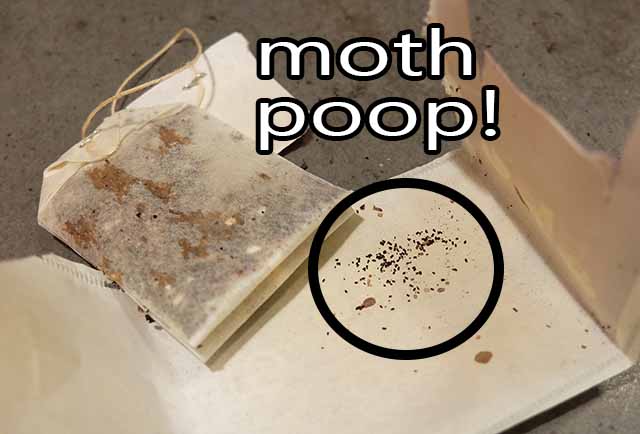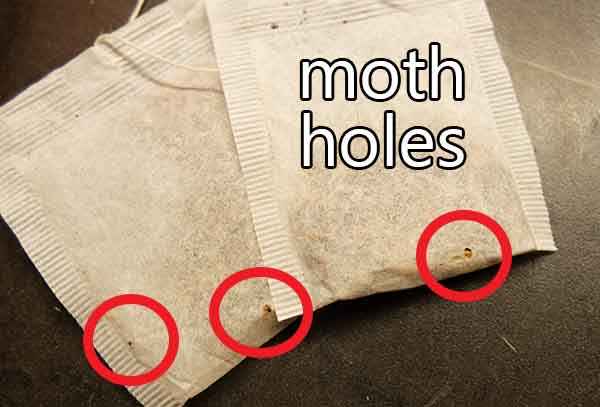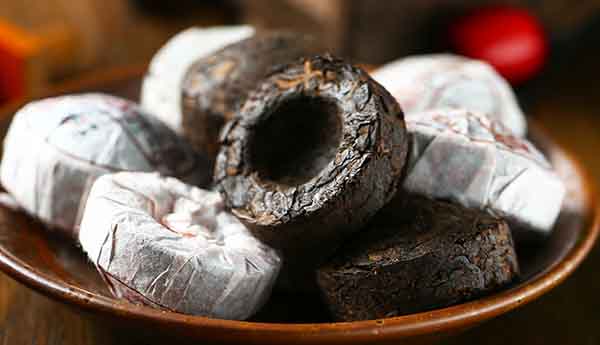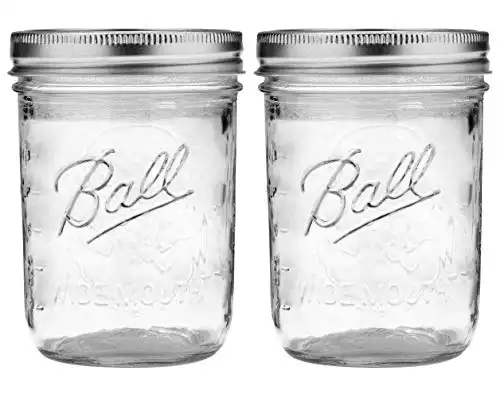Want to stockpile tea so you always have a supply on hand in case of emergencies?
Whether it is green tea, black tea, or herbal tea, here is what you need to know about how to store it long-term and the real shelf life.
Does Tea Go Bad?
Yes, tea can go bad. It can absorb moisture from the air, get wet, and grow mold, bacteria, or other microbes if stored somewhere humid.
When exposed to oxygen and heat, the natural oils in tea will also start to go rancid. In this case, the tea is still safe to drink but may have a nasty fishy taste.
Exposure to oxygen, heat, and light will also cause healthy compounds in tea to break down, causing the tea to change flavor and lose nutritional value.
Shelf Life of Tea
Oils and compounds in tea will deteriorate or evaporate over time, causing the tea to lose its flavor and nutrients. Because of this, the shelf life of tea is usually listed as 18 to 36 months.
Whole-leaf tea generally lasts longer than broken-leaf tea, fanning, or tea dust because less surface area is exposed to oxygen. However, if stored properly, all types of tea can last for 10+ years without losing much quality.
Do the antioxidants in tea go bad?
Tea contains numerous antioxidants with known health benefits. When exposed to oxygen, heat, or UV light, these antioxidants will break down.
One study found that green tea lost over 35% of its flavonoids after 90 days. After 330 days, it lost approximately 77%. Black, white, and oolong teas also had huge drops in antioxidant levels.
Other studies into tea antioxidant shelf life have found similar results. This shows that, from a health standpoint, it is important to drink tea within 3-6 months of buying it and store it properly.
Pantry Insects and Tea
When storing tea long-term, pantry pests are an issue to be aware of. Indian meal moths particularly love tea. Their larvae can easily chew through tea bags to get to the tea inside. Don’t be surprised if you open a box of tea that’s been sitting in your cupboard for months only to find insect feces, webbing, or cocoons.
While it is technically safe to eat pantry insects, it’s pretty gross.
Read this post on preventing insects in your food supply for more.


How to Store Tea Long-Term
Below are the best ways to store tea long-term. Regardless of which method you use, it is still important to keep tea somewhere cool; heat will cause the natural oils in the tea to go rancid and give the tea a gross, fishy flavor.
1. Mylar Bags with Oxygen Absorbers
Mylar bags with oxygen absorbers is considered the best way to store dry staples like tea. Once sealed, the Mylar bag protects the tea from moisture and light. The oxygen absorber removes oxygen from the packaging so it doesn’t degrade from oxidation. Insects and their eggs also can’t survive without oxygen.
Packaged like this and kept somewhere cool, tea should be good indefinitely. Some nutrients will still break down, but the rate will be slower than if packaged without oxygen absorbers.
For more details, read:
2. Mason Jars
Oxygen will still be inside the jar, so oxidation will occur and gradually cause the tea to degrade. You’ll want to use the tea within 1 to 3 years. The tea should last indefinitely if you put oxygen absorbers into the mason jar before closing it.
We recommend Ball mason jars; you really can’t go wrong with this brand.
3. Nitrogen Flushed Tea
Nitrogen flushing is when nitrogen gas is blown into a food package. Because nitrogen is heavier than oxygen, it pushes all the oxygen out of the package. The package is then sealed, creating an environment virtually free of oxygen. Without oxygen, the food lasts much longer.
Some brands of high-quality tea use nitrogen flushing (like Sugimoto).
Tea packaged this way should be good indefinitely. You will still want to protect the tea bags from damage, though: if they get bumped or banged, the seal could break and allow oxygen to enter.
4. Pu’er Tea Bricks or Cakes

Pu’er (also called Puerh) is a type of aged tea. The aging process causes the antioxidants in pu’er to degrade and form new phytochemicals and a mellower flavor. Pu’er tea is often aged for more than 10 years. It has a distinct taste that not everyone will love.
Because it is meant to be aged, pu’er tea can be stored for years without oxygen absorbers. It sometimes comes in massive “bricks” (like this one.) You hack off a piece from the brick to brew tea.
Many pu’er tea cakes come in tins. Insects could still theoretically get into the container (you’d be amazed where moths can get!), so you may want to repackage the tea in Mylar or a mason jar for extra protection.
5. Freezing
Tea will last indefinitely in the freezer. Freezing also seems to help protect antioxidants from degradation. However, it’s important to note that tea can absorb weird smells from your freezer, so double-wrap it in sturdy freezer bags.
6. Vacuum Sealer Jars
Vacuum sealer bags aren’t great for storing tea long-term. The bags aren’t completely airtight; moisture and oxygen will eventually get through.
However, vacuum sealer jars are great for prolonging the shelf life of tea and keeping pests out. There will still be some air in the jars, so oxidation will occur, but it will be slower than if the tea was stored in its original packaging. Keep the vacuum-sealed jars in a dark place; the tea should be fine for years.
Also read: Mylar bags vs. vacuum sealing
https://now.tufts.edu/articles/tea-storage-length-time-fresh-nutrients
https://www.ncbi.nlm.nih.gov/pmc/articles/PMC1082901/
https://www.newhope.com/blog/expiration-date-green-tea-s-antioxidants
https://www.researchgate.net/publication/229962289_Flavors_of_green_tea_change_little_during_storage
https://www.cmu.edu/student-affairs/resources/cmu-pantry/shelf-life.pdf



